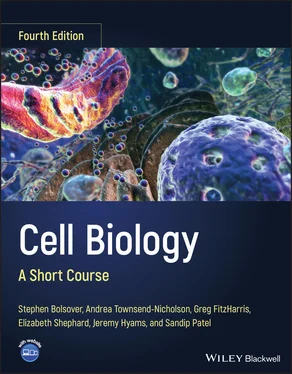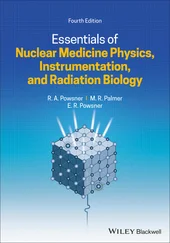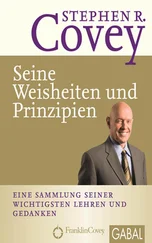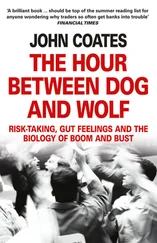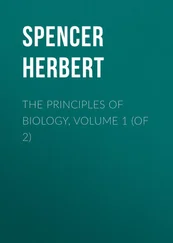Stephen R. Bolsover - Cell Biology
Здесь есть возможность читать онлайн «Stephen R. Bolsover - Cell Biology» — ознакомительный отрывок электронной книги совершенно бесплатно, а после прочтения отрывка купить полную версию. В некоторых случаях можно слушать аудио, скачать через торрент в формате fb2 и присутствует краткое содержание. Жанр: unrecognised, на английском языке. Описание произведения, (предисловие) а так же отзывы посетителей доступны на портале библиотеки ЛибКат.
- Название:Cell Biology
- Автор:
- Жанр:
- Год:неизвестен
- ISBN:нет данных
- Рейтинг книги:3 / 5. Голосов: 1
-
Избранное:Добавить в избранное
- Отзывы:
-
Ваша оценка:
- 60
- 1
- 2
- 3
- 4
- 5
Cell Biology: краткое содержание, описание и аннотация
Предлагаем к чтению аннотацию, описание, краткое содержание или предисловие (зависит от того, что написал сам автор книги «Cell Biology»). Если вы не нашли необходимую информацию о книге — напишите в комментариях, мы постараемся отыскать её.
Cell Biology: A Short Course
Cell Biology: A Short Course
Cell Biology: A Short Course
Cell Biology — читать онлайн ознакомительный отрывок
Ниже представлен текст книги, разбитый по страницам. Система сохранения места последней прочитанной страницы, позволяет с удобством читать онлайн бесплатно книгу «Cell Biology», без необходимости каждый раз заново искать на чём Вы остановились. Поставьте закладку, и сможете в любой момент перейти на страницу, на которой закончили чтение.
Интервал:
Закладка:
8 Travers, A. & Muskhelishvili, G. (2015 Jun). DNA structure and function. The FEBS Journal 282 (12):2279–2295. doi: https://doi.org/10.1111/febs.13307. Epub 2015 Jun 2. PMID: 25903461.
9 Wang, J.C. (2002 Jun). Cellular roles of DNA topoisomerases: a molecular perspective. Nature Reviews. Molecular Cell Biology 3 (6): 430–440. https://doi.org/10.1038/nrm831. PMID: 12042765.
10 Watson, J.D. and Crick, F.H.C. (1953). A structure for deoxyribose nucleic acid. Nature 171: 737.
 REVIEW QUESTIONS
REVIEW QUESTIONS
1 3.1 Theme: Mutationsframeshiftmissensenonsensenone of the aboveConsider the mRNA strand 5′ ACU AUC UGU AUU AUG UUA CAC CCA 3′ coding for the amino acid sequence TICIMLHP. For each of the errors described below, choose the appropriate description from the list above. Refer to Figure 3.9on page 44 while answering this question.a change of a U to a A in the 6th codon of the sequence, generating the sequence5′ ACUAUCUGUAUUAUGUAACACCCA 3′a change of a U to a C in the 6th codon of the sequence, generating the sequence5′ ACUAUCUGUAUUAUGCUACACCCA 3′a change of a U to a G in the 2nd codon of the sequence, generating the sequence5′ ACUAGCUGUAUUAUGUUACACCCA 3′deletion of a U in the 3rd codon, generating the sequence 5′ ACUAUCUGAUUAUGUUACACCCA 3′deletion of an A in the 4th codon, generating the sequence5′ ACUAUCUGUUUAUGUUACACCCA 3′
2 3.2 Theme: Bases and amino acidsadeninealaninearginineaspartatecytosineglutamateglycineguaninethymineuracilalineFrom the above list of compounds, select the one described by each of the descriptions or questions below.the base that is found in RNA but not in DNAa positively charged amino acid that is found in large amounts in chromatin, where it neutralizes the negative charge on the phosphodiester bonds of DNAa protein is described as having the mutation G5E. Which amino acid is present in this protein in place of the amino acid present in the normal protein?the base that pairs with guanine in double‐stranded DNAthe base that pairs with thymine in double‐stranded DNA
3 3.3 Theme: Structures associated with DNA30 nm solenoidcodoneuchromatingeneheterochromatinnucleoidnucleosomeFrom the above list of structures, select the one described by each of the descriptions below.a highly compacted, darkly staining substance comprising DNA and protein found at the nuclear peripherya mass of DNA and associated proteins lying free in the cytoplasma structure formed when a 146 base‐pair length of DNA winds around a complex of histone proteinsthe form adopted by those parts of chromosomes that are being transcribed into RNA
 THOUGHT QUESTION
THOUGHT QUESTION
1 In Medical Relevance 3.2on page 47 we state that a single base substitution in a codon for glycine could result in the substitution of any one of eight different amino acids at this position. Explain this statement and list the eight amino acids. What other kind of mutation could also arise from a single base substitution in a codon for glycine?
4 DNA AS A DATA STORAGE MEDIUM
The genetic material DNA must be faithfully replicated every time a cell divides to ensure that the information encoded in it is passed unaltered to the daughter cells. DNA molecules have to last a long time compared to RNA and protein. The sugar‐phosphate backbone of DNA is a very stable structure because there are no free hydroxyl groups on the sugar – they are all used up in bonds, either to the base or to phosphate. The bases themselves are protected from chemical attack because they are hidden within the DNA double helix. Nevertheless, chemical changes – mutations– do occur in the DNA molecule and cells have had to evolve mechanisms to ensure that mutation is kept to a minimum. Repair systems are essential for both cell survival and to ensure that the correct DNA sequence is passed on to daughter cells. This chapter describes how new DNA molecules are made during chromosome duplication and how the cell acts to correct base changes in DNA.
 DNA REPLICATION
DNA REPLICATION
During replication the two strands of the double helix unwind. Each then acts as a template for the synthesis of a new strand. This process generates two double‐stranded daughter DNA molecules, each of which is identical to the parent molecule. The base sequences of the new strands are complementary in sequence to the template strands upon which they were built. This means that G, A, T, and C in the old strand cause C, T, A, and G, respectively, to be placed in the new strand.
The DNA Replication Fork
Replication of a new DNA strand starts at specific sequences known as origins of replication.The small circular chromosome of Escherichia coli has only one of these, whereas eukaryotic chromosomes, which are usually linear and much larger, have many. At each origin of replication, the parental strands of DNA untwist to give rise to a structure known as the replication fork( Figure 4.1). This unwinding permits each parental strand to act as a template for the synthesis of a new strand. The structure of the double helix and the nature of DNA replication pose a mechanical problem. How do the two strands unwind and how do they stay unwound so that each can act as a template for a new strand?
 PROTEINS OPEN UP THE DNA DOUBLE HELIX DURING REPLICATION
PROTEINS OPEN UP THE DNA DOUBLE HELIX DURING REPLICATION
The DNA molecule must be opened up before replication can proceed. The helix is a very stable structure, and in a test tube the two strands separate only when the temperature reaches about 90 °C. In the cell, the combined actions of several proteins help to separate the two strands. Much of our knowledge of replication comes from studying E. coli , but similar systems operate in all organisms, bacteria, archaea, and eukaryotes. The proteins E. coli uses to open up the double helix during replication include DnaA, DnaB, DnaC, and single‐stranded DNA‐binding proteins.
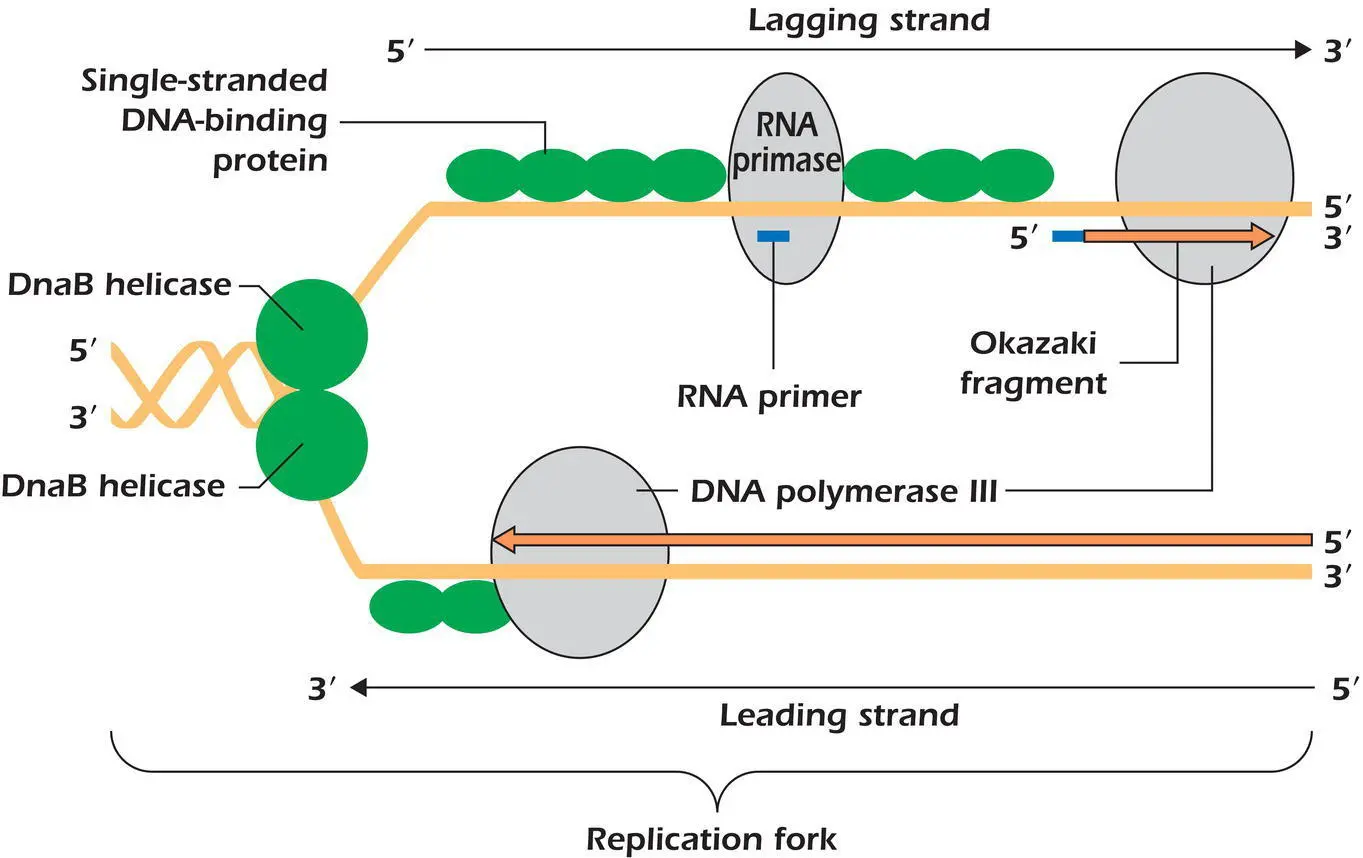
 Figure 4.1.DNA replication. The helicases, and the replication fork, are moving to the left.
Figure 4.1.DNA replication. The helicases, and the replication fork, are moving to the left.
DnaA Protein
Several copies of the protein DnaA, which is activated by a molecule of ATP, bind to four sequences of nine base pairs within the E. coli origin of replication ( ori C ). This causes the two strands to begin to separate (or “melt”) because the hydrogen bonds in DNA are broken near to where the DnaA protein binds. The DNA is now in the open complexformation and has been prepared for the next stage in replication, which is to open up the helix even further.
DnaB and DnaC Proteins
DnaB is a helicase.It moves along a DNA strand, breaking hydrogen bonds, and in the process unwinds the helix ( Figure 4.1). Two molecules of DnaB are needed, one for each strand of DNA. One DnaB attaches to one of the template strands and moves in the 5′ to 3′ direction; the second DnaB attaches to the other strand and moves in the 3′ to 5′ direction. The unwinding of the DNA double helix by DnaB is an ATP‐dependent process. DnaB is escorted to the DNA strands by another protein, DnaC. However, having delivered DnaB to its destination, DnaC plays no further role in replication.
Читать дальшеИнтервал:
Закладка:
Похожие книги на «Cell Biology»
Представляем Вашему вниманию похожие книги на «Cell Biology» списком для выбора. Мы отобрали схожую по названию и смыслу литературу в надежде предоставить читателям больше вариантов отыскать новые, интересные, ещё непрочитанные произведения.
Обсуждение, отзывы о книге «Cell Biology» и просто собственные мнения читателей. Оставьте ваши комментарии, напишите, что Вы думаете о произведении, его смысле или главных героях. Укажите что конкретно понравилось, а что нет, и почему Вы так считаете.
